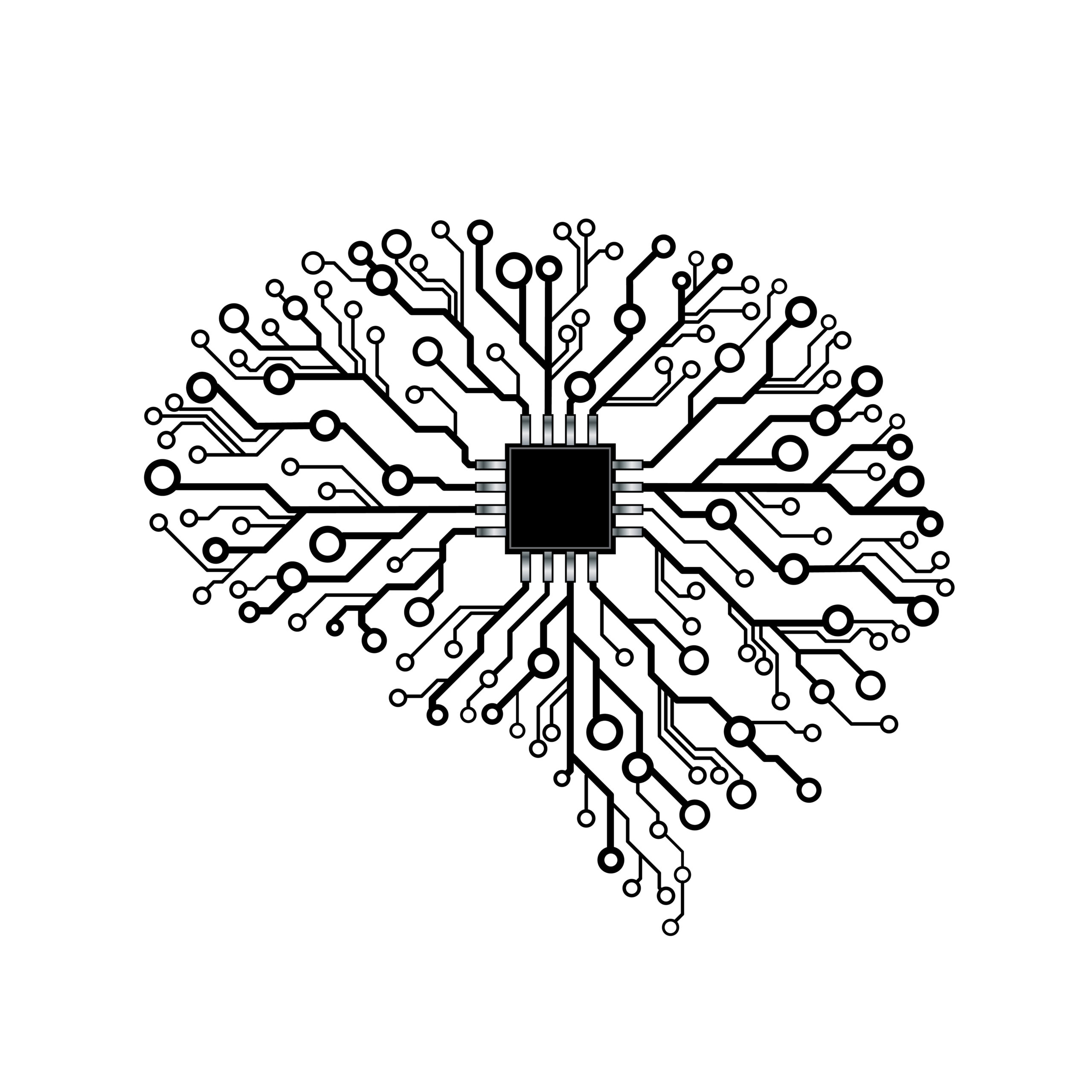Chatbots 101
Chatbots, when they are well designed (*grin*), are a great solution for both customers and companies. On the customer side, it saves time. For companies, it saves money by avoiding to dedicate staff for routine tasks. Thousands (if not millions?) of companies have already felt how this positively affected their bottom line. Nowadays, we can use chatbots for (list far from exhaustive):
- Getting answers to questions quickly
- The facilitation of article ordering on e-commerce websites
- Increased website accessibility for visually impaired persons
- Data enrichment (e.g.: third-party data collected through APIs)
- Voice assistance in everyday life
- Playing games
- Automate tasks
- Contact service desks
Given all these possibilities, it is safe to say that chatbots will be a key tool in a organization’s efforts to reduce labor-intensive, repetitive tasks.
Chatbot Categories
Reading through multiple sources, we found that chatbots can roughly be grouped in three categories
1.Simple chatbots
The mechanism behind these bots are simple rule-based decision trees. These bots’ main purpose is to perform simple tasks (e.g.: order items based on price, delivery time, etc.). A huge drawback of these bots is that they lack interactive features that make chatbots more “human-like”.
2.Hybrid chatbots
In this category, we find a bit more intelligence. Rule-based tasks are still the mainstay of what these bots do but they keep in mind the intent and context of the conversation. These bots are ideal for diagnostics for example. Asking basic questions, while redirecting the conversation based on the user’s answers.
3.Smart chatbots
This is the last stop as far as technology goes these days. Smart chatbots are designed to mimic human interactions as closely as possible. The bots understand when fluid language is used and are capable to recognize (and act upon) intent, figures of speech and mood. This is amazing, yet comes at a price: the model driving this intelligence needs a significant amount of data and therefore training before reaching economically viable capabilities. The most famous of chatbots in this category are the virtual assistants like Amazon Alexa.
What we build at Nemeon
At Nemeon, we build frameworks for hybrid chatbots. This means you can ask us to quickly deploy a chatbot that performs routine tasks or is able to improve your customer service desk by adding a low-effort way of contacting support. We can integrate this with Zendesk, Freshdesk or any other customer service tool that uses open API. We may also say that we’re working hard on our state-of-the-art sales assistant. This bot will carry more of the features that you see in Amazon Alexa or Google assistant. It will integrate with most CRMs, enabling you to save time (that you would otherwise invest in administrative tasks like updating CRM). More to come but feel free to ask us more information via mail or demo.



